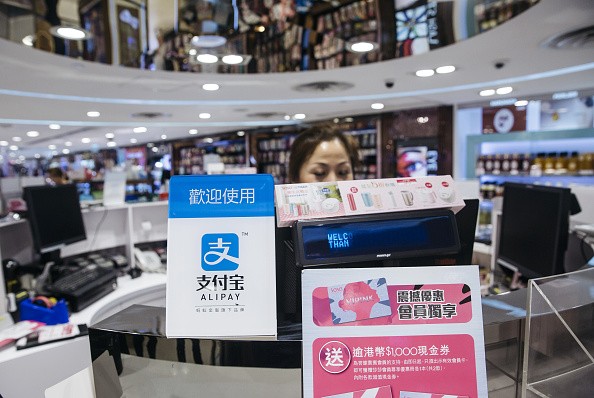Several months ago, when Alibaba acquired Lazada, a major e-commerce platform in Southeast Asia, many people were apprehensive about the outcome of the deal and how it would affect rival businesses operating in the region such as Tokopedia, MatahariMall and Orami.
Others expressed concern that the deal would allow the region to be flooded with Chinese products while startups and venture capitalists saw it as a positive move that would put the region on the global e-commerce map, leading to more funding and exits.
An article published by techcrunch.com, however, said that many failed to see the whole picture and Alibaba's acquisition of Lazada is only part of a bigger goal, a step beyond the simple aim to expand and grow its retail business.
According to the article, the move shows how Jack Ma is way ahead by several steps in the e-commerce game.
The article cited a similar situation by PayPal and its problem of growth, as discussed in the book "Zero to One" by Peter Thiel.
Thiel said that PayPal would not have survived its business if eBay had not acquired it and made PayPal a major payments platform, accelerating its growth.
"Poor distribution - not product - is the number one cause of failure. If you can get even a single distribution channel to work, you have great business. If you try for several but don't nail one, you're finished," Thiel wrote.
The same thing can be said of Alibaba when it acquired Lazada, according to Thiel, as the Chinese e-commerce giant was trying to fill in its distribution need.
At the time that eBay acquired PayPal, it was also aiming to get a market share in China by acquiring EachNet in 2002, which was the leading C2C marketplace in China at that time.
In response, Alibaba launched Taobao in May 2003 and eventually became the country's largest C2C e-commerce marketplace, beating EachNet.
Shortly after that, Alibaba launched Alipay, a third-party online payment platform, in 2004, which facilitated transactions in Taobao.
Unlike Paypal, which is a peer-to-peer (P2P) online payment platform based on email and connected to credit cards, Alipay is connected to bank accounts and its features are customized for the Chinese market, such as escrow services.
Alipay's escrow feature was added to help fill the trust gap, which Chinese consumers find lacking in the system. It also shifted e-commerce behaviour from cash-on-delivery (COD) to a better system.
Alibaba's acquisition of Lazada is seen as part of a Trojan Horse strategy, which is anchored on getting access to the huge Southeast Asian market by introducing and monetizing Alibaba's other products and services using Alipay. The long-term strategy goes beyond competing with Lazada's rivals or tapping into new growth engines outside China.
The lack of e-commerce infrastructure in the region is akin to Alibaba's early days in China, the article said. By adopting Alipay, Alibaba expects to spur e-commerce growth in the region and Lazada's growth as well.
Still, it was much more than just using Alipay to facilitate payments in the marketplace but building an entire digital finance ecosystem with Alibaba's other financial services such as Yu'e Bao, the biggest mutual fund in China, Zhaocai Bao, a P2P lending platform, and Sesame Credit, a credit-scoring system based on ecommerce data.
Jack Ma hinted at his future plans in his letter to shareholders in 2015, in which he said: "Alibaba group's strategy is to build the infrastructure of commerce for the future. Ecommerce is only the first step.
"Around half of Alibaba Group's workforce and our affiliated companies, including Ant Financial and Cainiao, are working on important areas of our ecosystem, including logistics, Internet finance, big data, cloud computing, mobile Internet, advertising and the so-called double H industries - Health and Happiness (the big data-based healthcare and digital entertainment businesses which will take 10 years to become data-driven)."



























